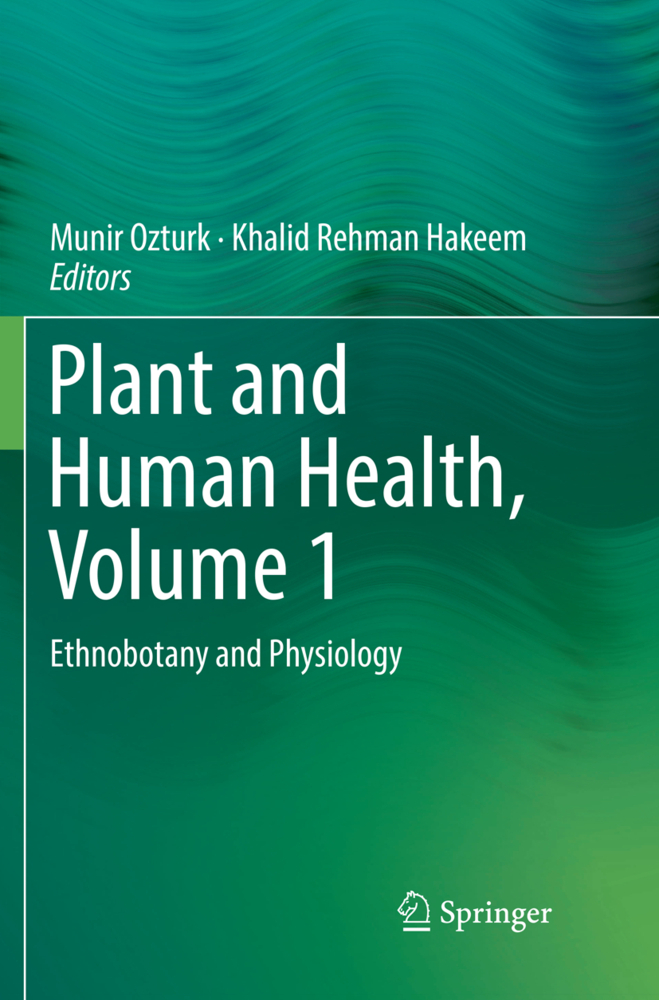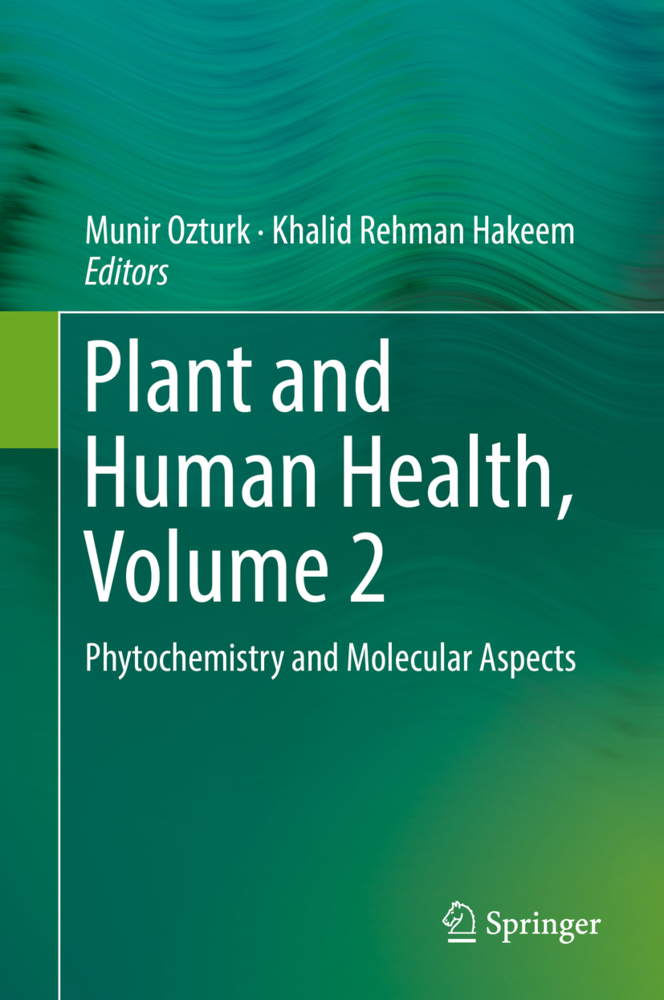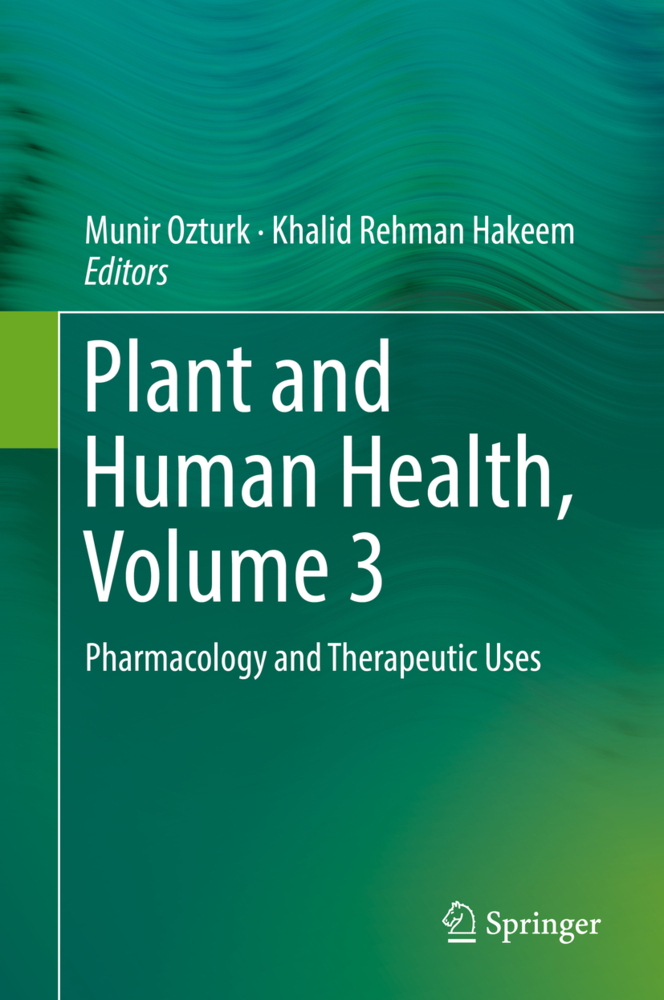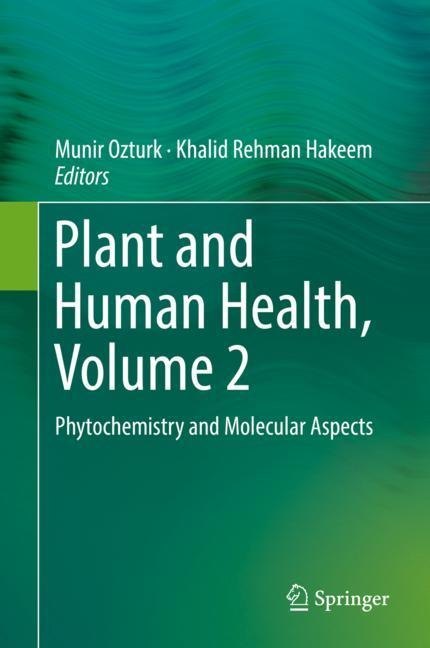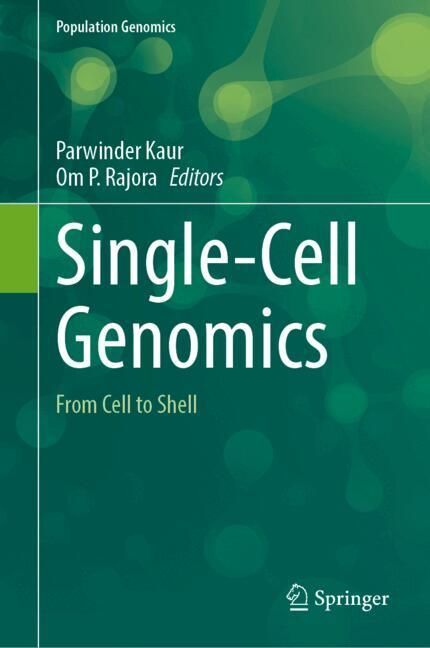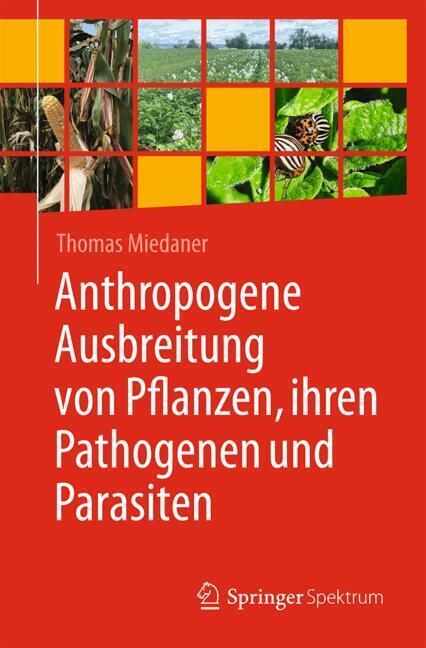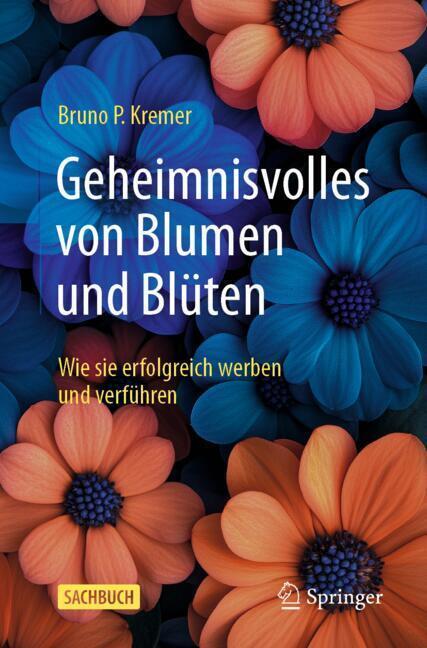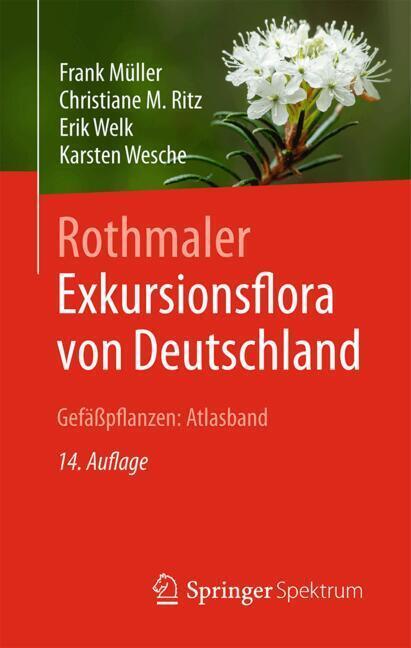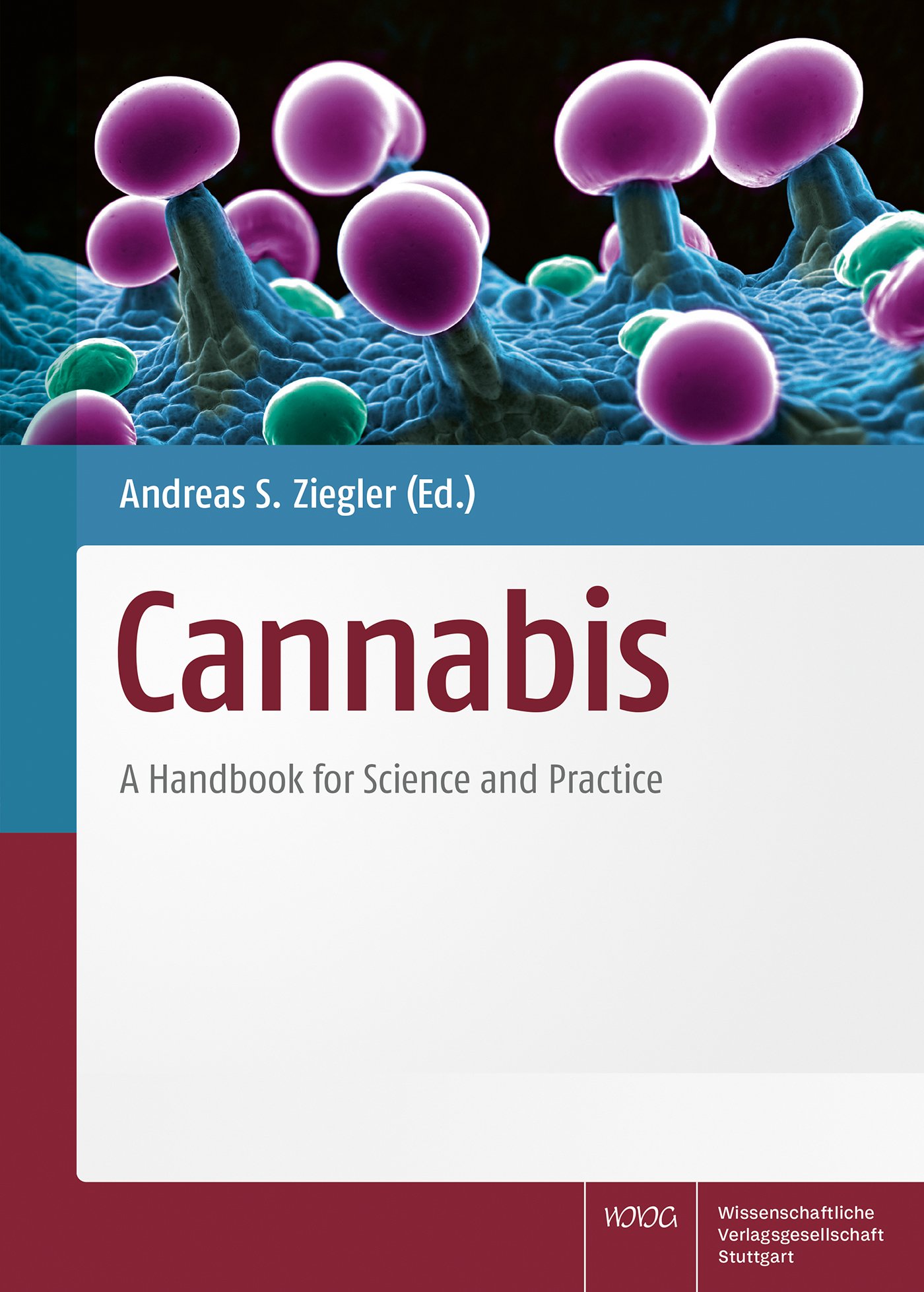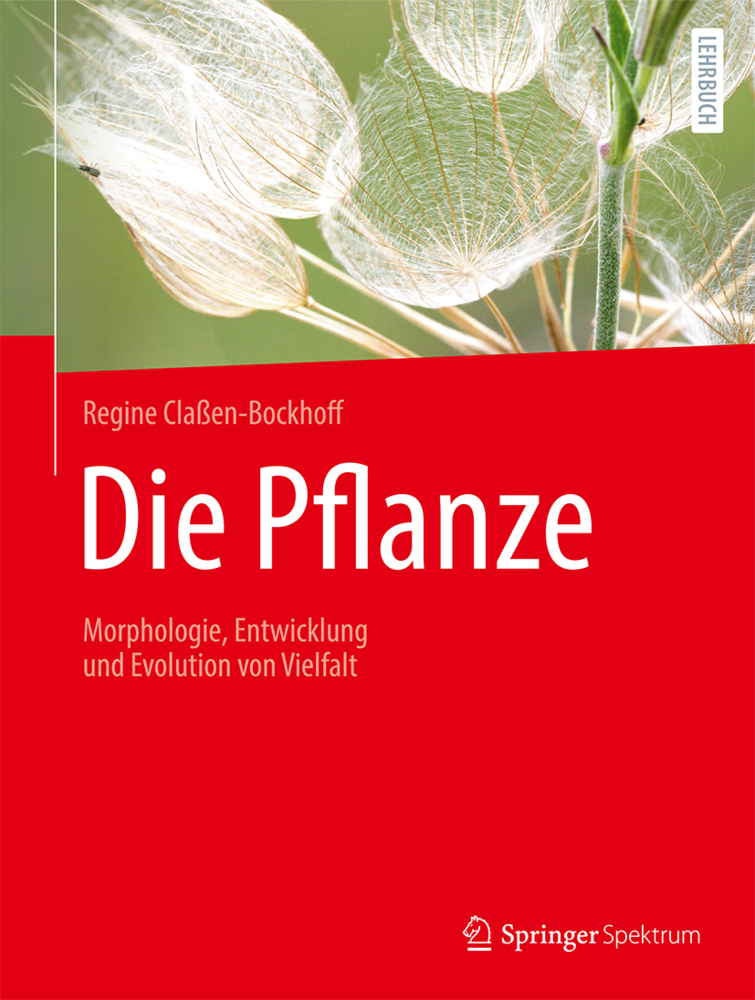Plant and Human Health, Volume 1
Plant and Human Health, Volume 1
Foreword by Her Excellency Prof. Dr. Ammenah Gurib Fakim, President, Mauritius,- Turkey's plant diversity and its opportunities from an ethnobotanical perspective
Traditional plant based Chinese medicine
Plants Used in the Traditional Medicine in East Africa
Herbal Medicines from Palestine and Jordan
Herbals from Hindukush
Plants used in the traditional medicine in Sindh-Pakistan
Medicinal and Aromatic Plants from Uzbekistan
Herbal Medicine in Pakistan, Past, Present and Future
Medicinal and Aromatic Plants of Igdir (Turkey), Nahçivan (Azerbaijan) and Tebriz (Iran)
Medicinal Aromatic Halophytes of Iran
Traditional Medicine in Malang and Environs-Indonesia
Agro-physiological aspects for domestication of Alliums as a crop for medicinal purposes
Evaluation of poisonous plants from the plant diversity in Upper Mesopotamia
Herbal folk medicine used in the treatment of hypertension and diabetes in Southeast Anatolian Region of Turkey
Medicinal & Aromatic Plants of Sri Lanka
Cosmetic uses of native plants in Turkey: Reflections on public health and economy
Traditional Medicine in Azad Kashmir-Pakistan
Herbals Used in the Folk Medicine of Kirghizistan
Traditional Medicine Research and Development in Nigeria
Medicinal Aspects of Andrographis paniculata
Traditional and Modern Applications: A Case Study from South Indian Trees
Indigenous Knowledge Systems and Product Development in South Africa
Herbal Medicinal Plants and Traditional Herb Remedies
Medicinal Plants of Kashmir Himalaya and Unani Medicine
Bruneian Knowledge and Practice in Traditional Medicines
Herbal Remedies by Medicinal Resources in Bhutan
Traditional Medicine and Medicinal Plants in the Lao PDR
Traditional Use and Research on Herbal in Mauritius
Traditional Medical Science in Mongolia
Status of Medicinal Plants and Prospects of their Cultivation
IPR Protection and MAPS.
Ozturk, Munir
Hakeem, Khalid Rehman
| ISBN | 978-3-030-06768-7 |
|---|---|
| Artikelnummer | 9783030067687 |
| Medientyp | Buch |
| Auflage | Softcover reprint of the original 1st ed. 2018 |
| Copyrightjahr | 2018 |
| Verlag | Springer, Berlin |
| Umfang | XXII, 805 Seiten |
| Abbildungen | XXII, 805 p. 131 illus., 118 illus. in color. |
| Sprache | Englisch |

